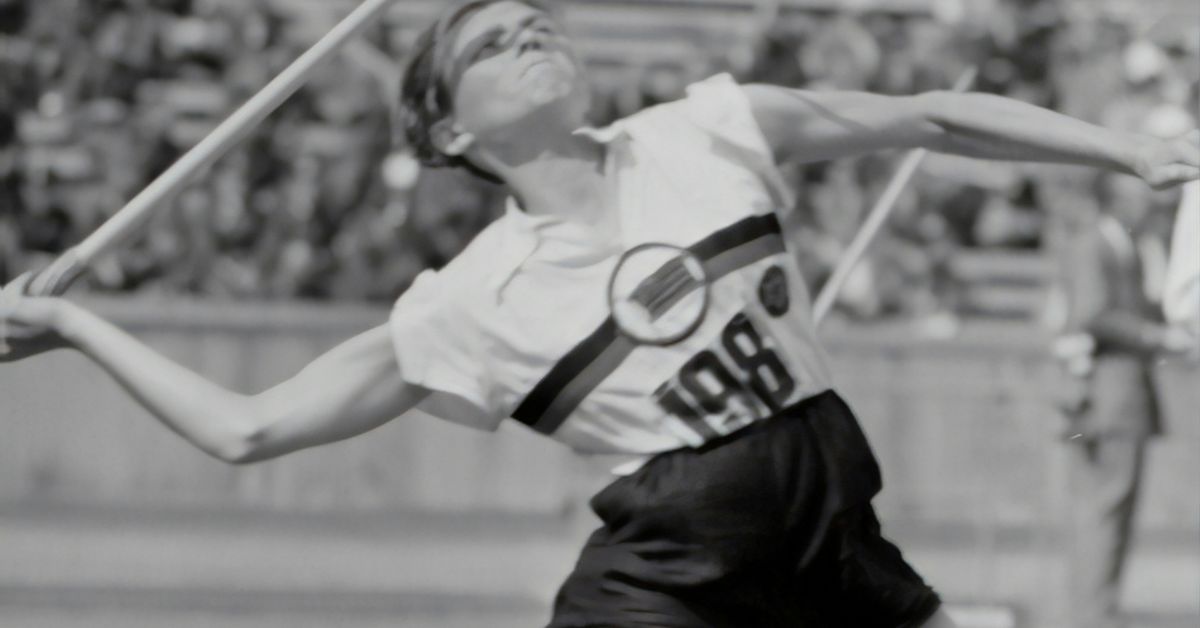
Growth of Women’s Professional Leagues: Overcoming Hurdles
Women’s professional sports leagues have seen remarkable growth in recent years, overcoming significant challenges to establish themselves as viable and influential entities in the sports industry. This article explores the key factors contributing to this growth, the hurdles that have been overcome, and the future outlook for women’s professional sports.
Historical Context and Early Challenges
Historically, women’s sports faced numerous obstacles, including lack of funding, media coverage, and societal perceptions. Professional leagues struggled to attract audiences and sponsors, resulting in financial instability and limited growth opportunities.
For example, the Women’s National Basketball Association (WNBA) encountered skepticism about the marketability of women’s basketball in the 1990s. Despite initial challenges, the league persevered, focusing on building a strong fan base and securing partnerships with major corporations.
Factors Contributing to Growth
Several factors have contributed to the growth of women’s professional leagues:
- Increased Media Coverage: Improved media coverage through television, streaming platforms, and social media has enhanced visibility and accessibility for fans.
- Corporate Sponsorships: Partnerships with corporate sponsors have provided crucial financial support and legitimacy to women’s leagues.
- Player Advocacy: Athletes have become powerful advocates for gender equality in sports, pushing for equal pay, better facilities, and more opportunities.
- Investment in Talent Development: Investments in youth programs and development pathways have cultivated a pipeline of talented athletes, ensuring the long-term success of leagues.
Success Stories and Case Studies
One notable success story is the growth of the National Women’s Soccer League (NWSL) in the United States. Launched in 2013, the NWSL has steadily expanded its fan base and secured partnerships with major brands such as Nike and Verizon. The league’s commitment to competitive play and fan engagement has solidified its position as a leading women’s sports organization.
Similarly, the Women’s Tennis Association (WTA) has seen significant growth in global viewership and prize money parity with men’s tournaments. Players like Serena Williams and Naomi Osaka have not only achieved sporting success but also become cultural icons, further boosting the profile of women’s tennis.
Challenges and Future Outlook
Despite the progress, women’s professional leagues continue to face challenges:
- Pay Equity: Achieving pay equity with their male counterparts remains a significant challenge for many female athletes.
- Infrastructure and Facilities: Investment in facilities and infrastructure is crucial to providing athletes with the resources they need to succeed.
- Changing Societal Attitudes: Overcoming entrenched stereotypes and biases against women’s sports requires continued advocacy and education.
Looking ahead, the future appears promising for women’s professional sports. With increasing support from fans, sponsors, and governing bodies, leagues are poised for continued growth and influence. As more young girls see female athletes as role models, the demand for women’s sports is expected to rise, further solidifying their place in the global sports landscape.
In conclusion, the growth of women’s professional leagues represents a triumph over adversity, driven by determination, innovation, and the collective effort of athletes, fans, and stakeholders. By overcoming hurdles and seizing opportunities, women’s sports have not only flourished but also paved the way for future generations of athletes.



